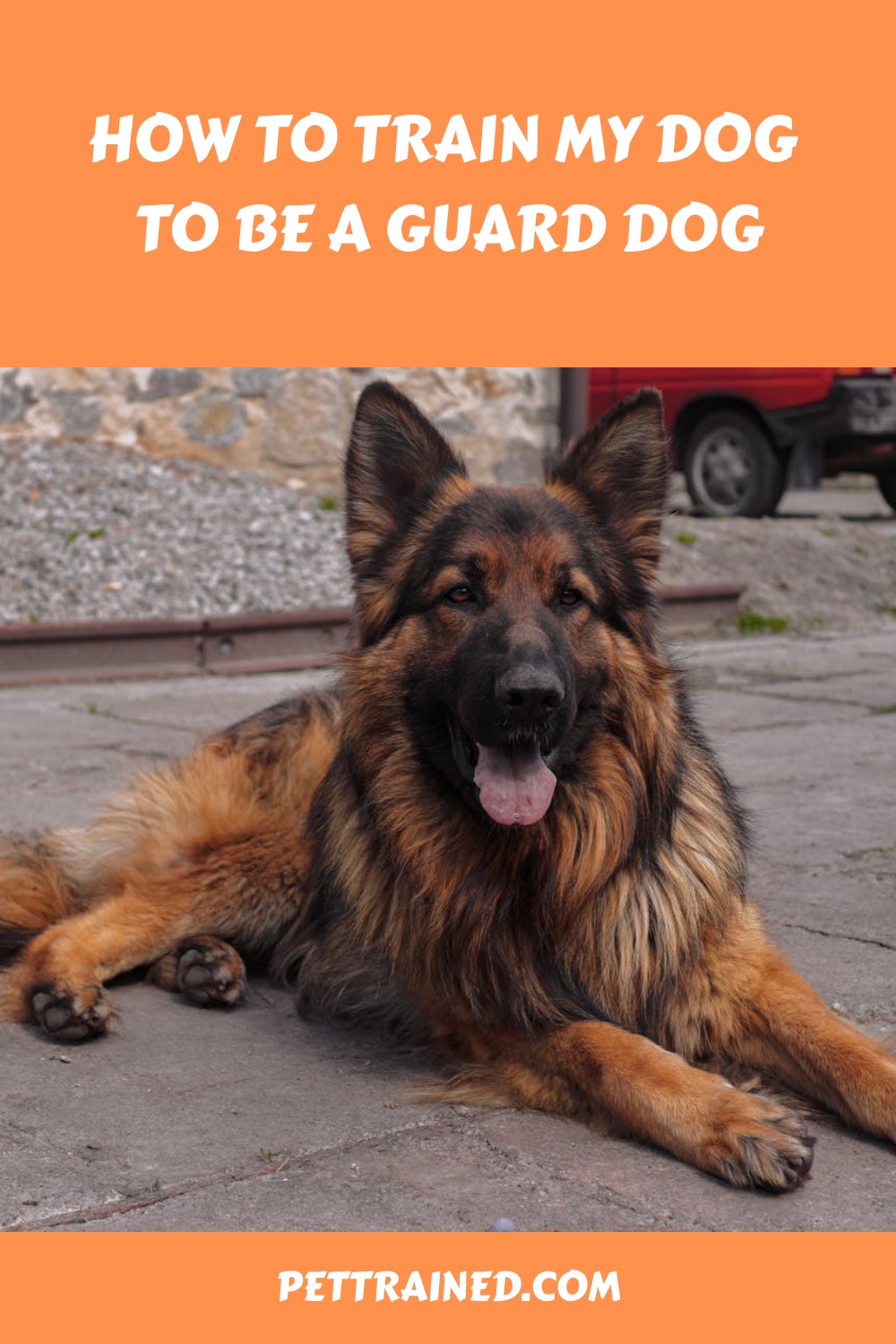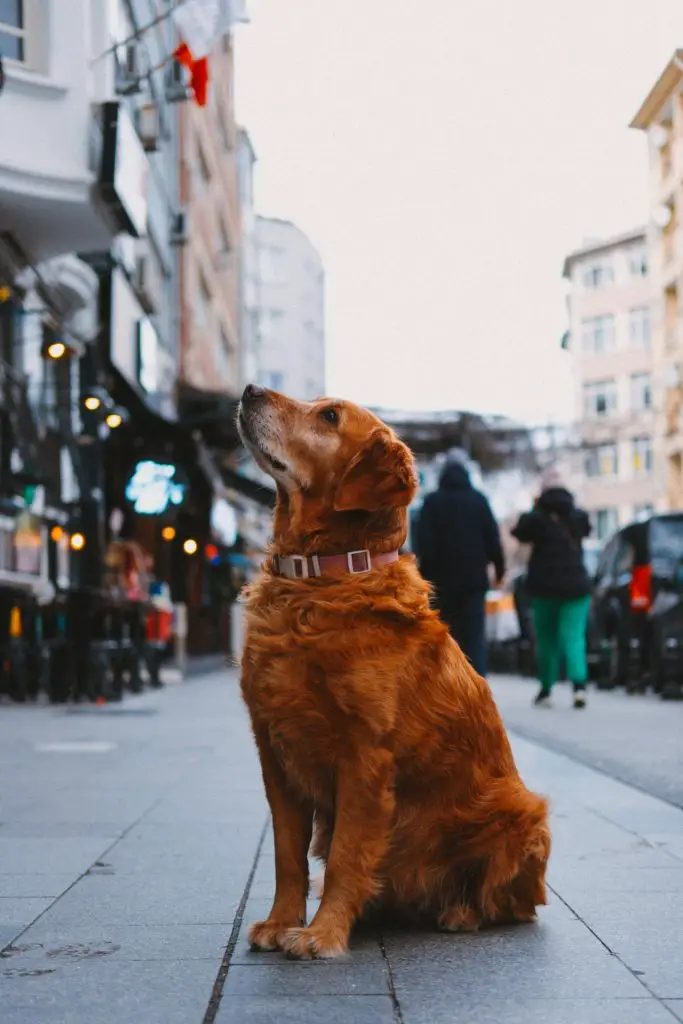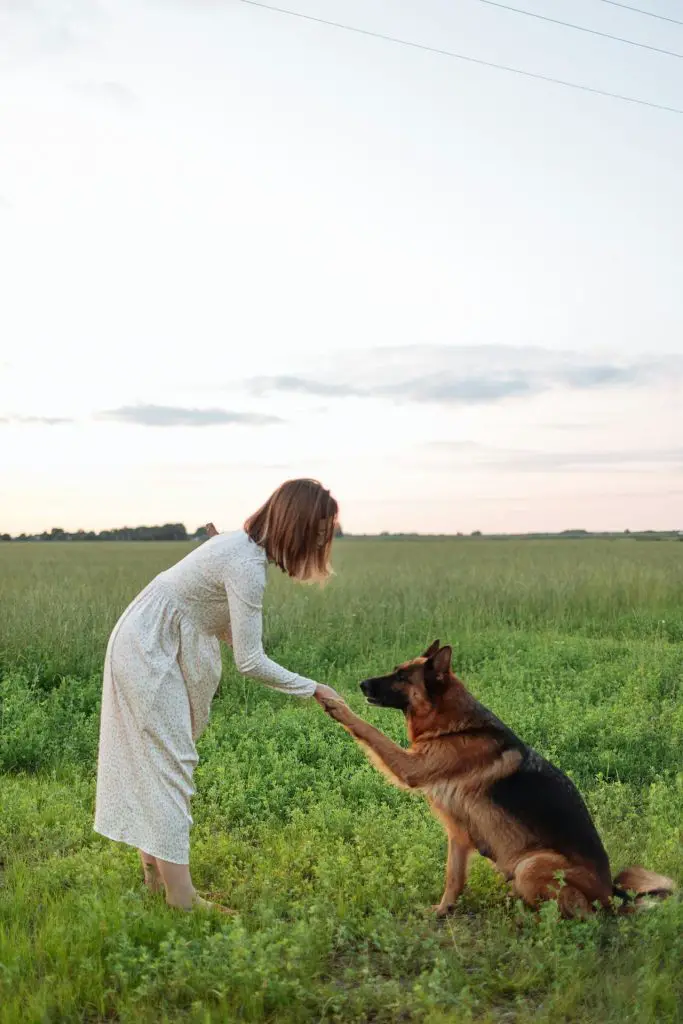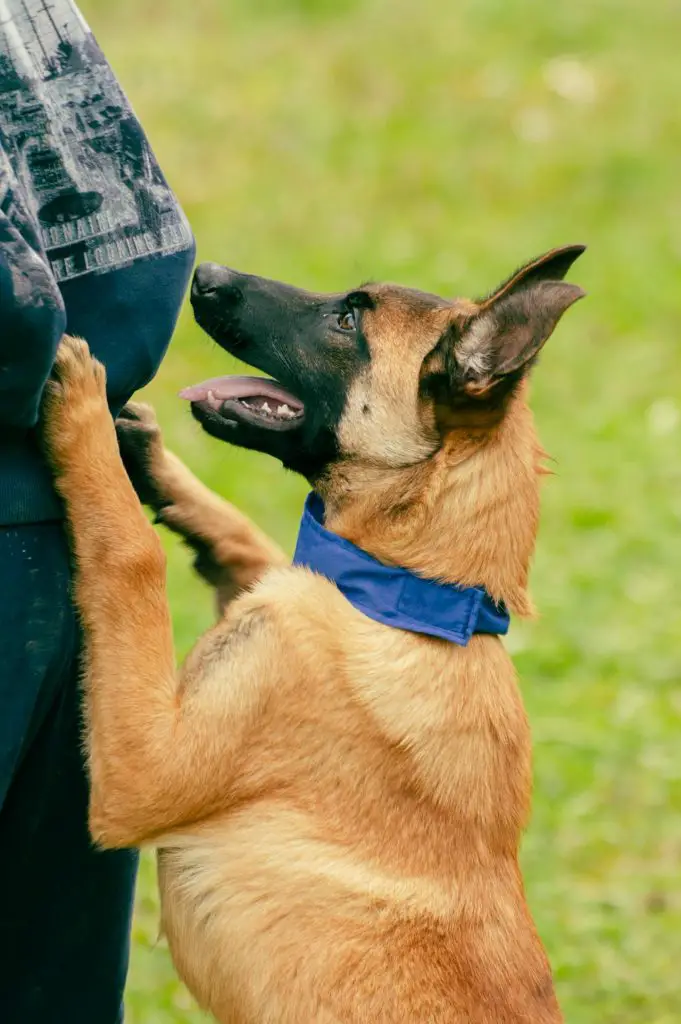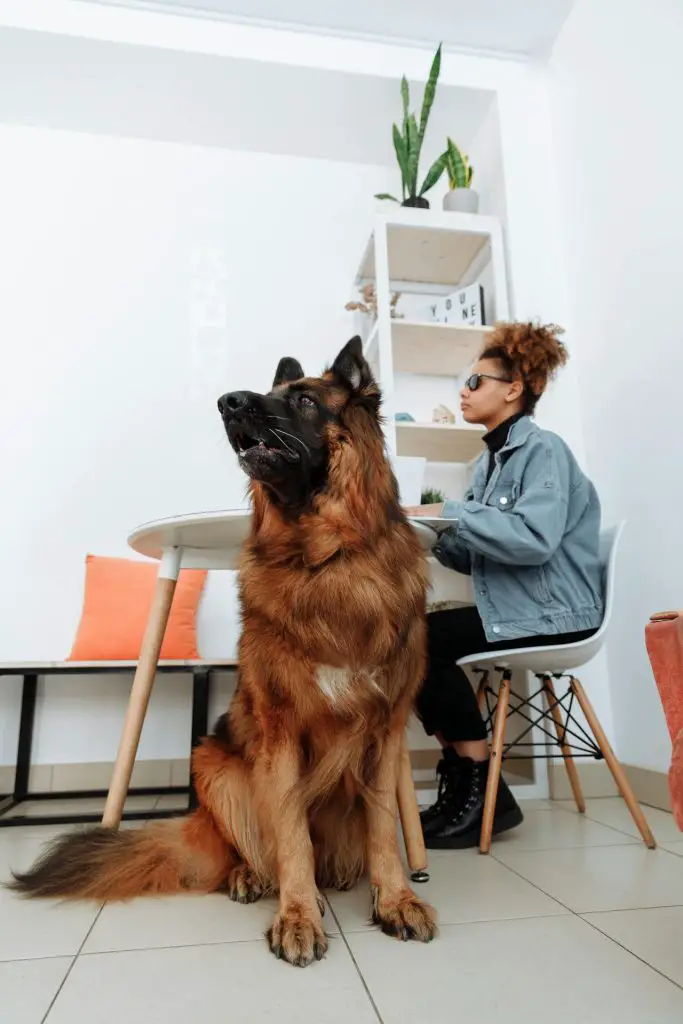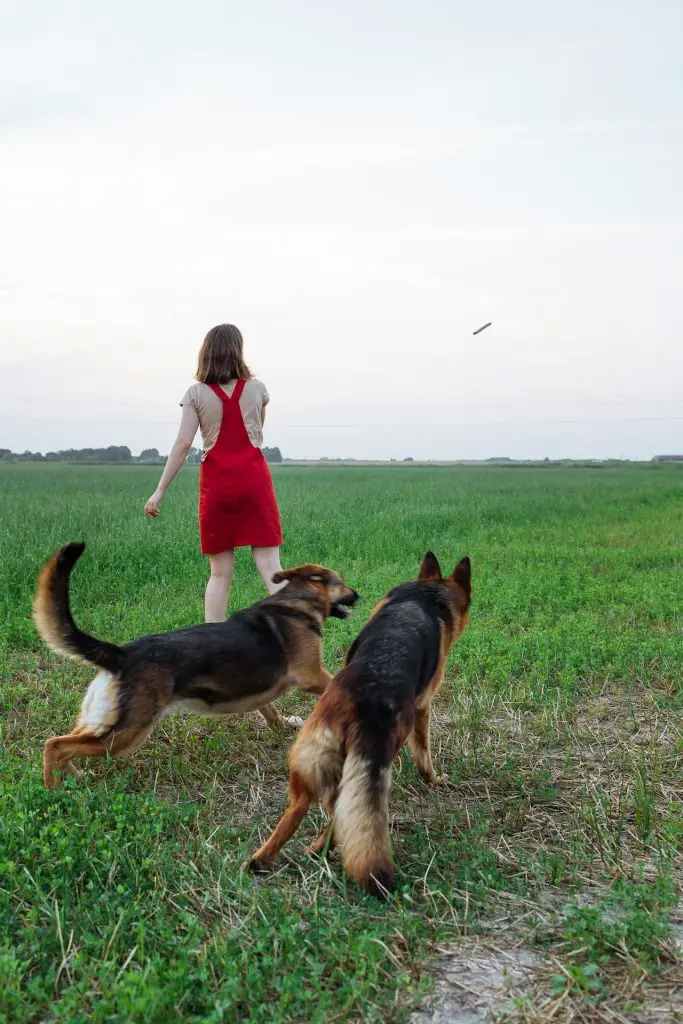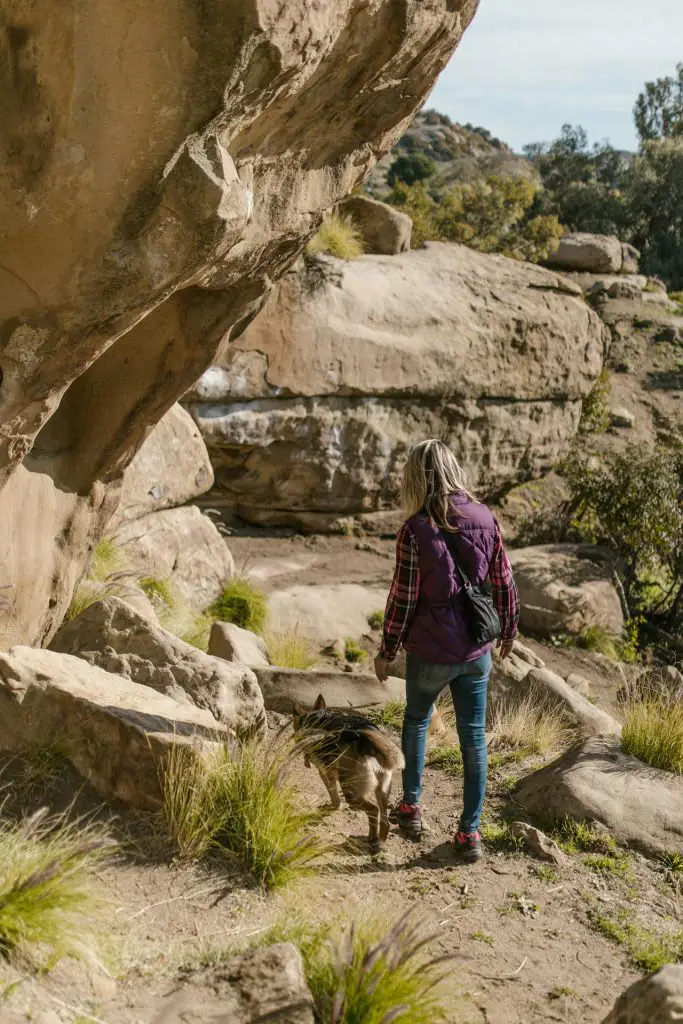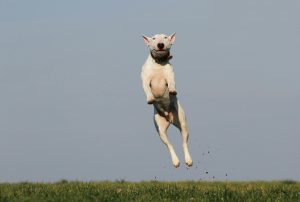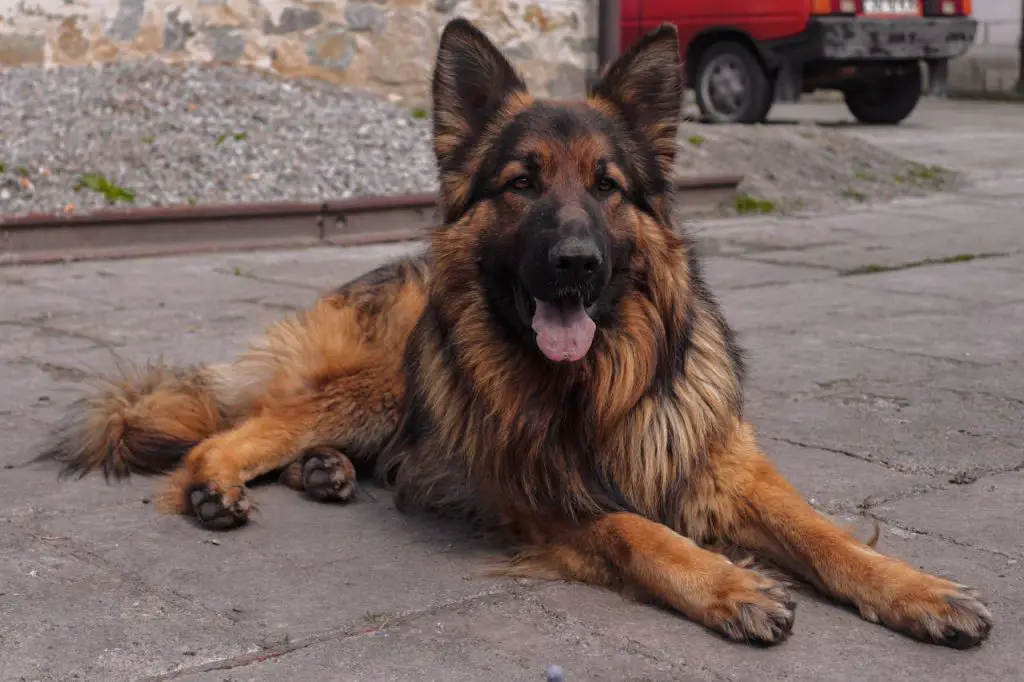
To train your dog to be a guard dog, start by evaluating its temperament and building basic obedience skills. You’ll want a dog that’s confident, courageous, and loyal. Use positive reinforcement techniques like treats and praise to establish trust and loyalty. Socialization is also key, so introduce your dog to friendly strangers and various environments to help it differentiate between friend and foe. As you progress, you’ll teach alert and warning commands, and train for real-life scenarios. With a solid foundation and consistent practice, you’ll be well on your way to developing an effective guard dog – but there’s more to reflect on.
Table of Contents
Assessing Your Dog’s Temperament

Before you begin training your dog as a guard dog, you need to assess its temperament to determine if it has the necessary instinct and personality traits to excel in this role.
Not all breeds are suited for guard work, and evaluating your dog’s breed suitability is the first step.
Research your dog’s breed to understand its original purpose, and consider whether it was bred for guarding or protection.
Next, conduct a temperament evaluation to assess your dog’s confidence, courage, and loyalty. Observe how your dog interacts with strangers, other animals, and new environments.
This post contains affiliate links. However all the information provided on this site are my own honest opinions. See more in Disclaimer.
A good guard dog should be alert, watchful, and naturally protective of its territory and family. On the other hand, if your dog is overly aggressive, fearful, or submissive, it may not be the best candidate for guard work.
Building Basic Obedience Skills
As you begin building your dog’s basic obedience skills, you’ll establish a strong foundation for their future role as a guard dog.
You’ll focus on establishing trust and loyalty with your dog, which is essential for effective training and a strong bond.
Establishing Trust and Loyalty
To establish a strong foundation for guard dog training, you’ll focus on building your dog’s basic obedience skills, which begins with teaching simple commands that foster trust, loyalty, and clear communication between you and your dog.
This foundation is built on the bond between you and your dog, and bonding activities play a significant role in creating this strong relationship.
Engage in trust exercises like feeding, play, and socialization to establish trust and loyalty. Interact with your dog in various environments, exposing them to new sights, sounds, and experiences.
Positive reinforcement techniques like treats and praise will encourage them to associate you with positive outcomes.
Consistency is key in building trust and loyalty. Set aside time each day for bonding activities, making sure to respect your dog’s boundaries and personality.
By establishing trust and loyalty, you’ll create a solid foundation for guard dog training, enabling your dog to respond effectively to commands and trust you implicitly.
This, in turn, will lead to a strong, reliable guard dog that will protect and defend you and your family.
Teaching Basic Commands
Your dog’s basic obedience skills are built on a set of fundamental commands that you’ll teach through a combination of repetition, positive reinforcement, and clear, consistent communication.
To start, focus on simple commands like ‘sit,’ ‘stay,’ ‘come,’ and ‘leave it.’ Use positive reinforcement techniques, such as treats and praise, to encourage good behavior.
Reward systems are particularly effective, as they create a clear association between the desired action and the reward.
As you teach each command, be sure to use a consistent tone and gesture. This will help your dog understand what you want them to do. Repeat each command multiple times, gradually increasing the difficulty and distractions.
With patience and persistence, your dog will learn to respond reliably to these basic commands. This foundation of obedience will serve as the basis for more advanced training, including guard dog training.
Socialization and People Skills
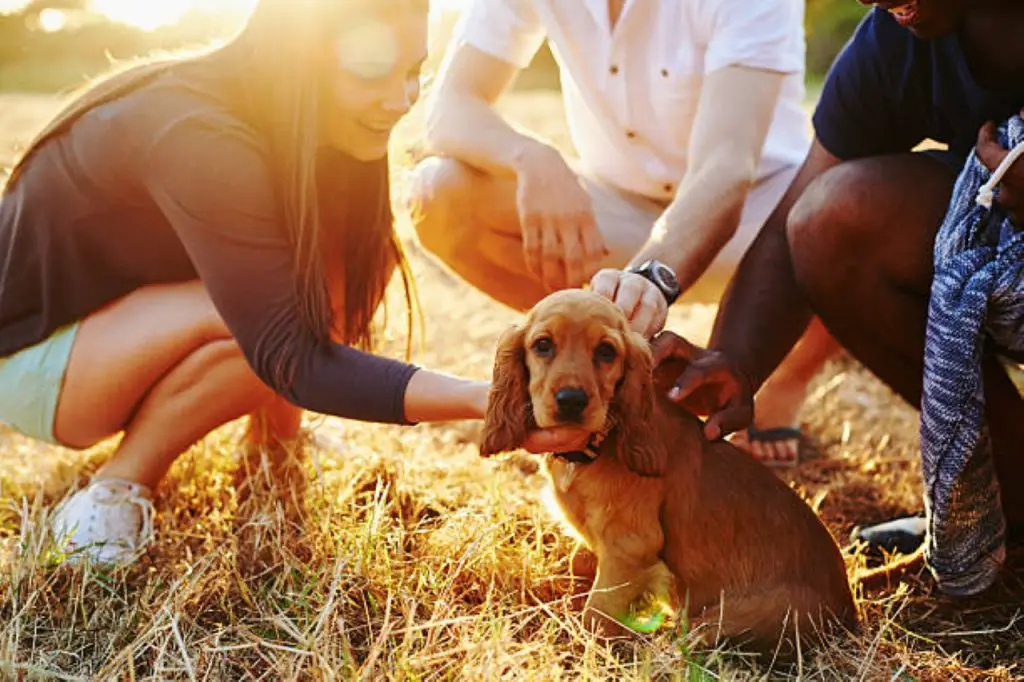
Now that your guard dog has mastered basic obedience skills, it’s time to focus on socialization and people skills.
You’ll want to teach your dog to interact calmly and confidently with strangers, while also responding to basic obedience commands in the presence of new people.
Interacting With Strangers
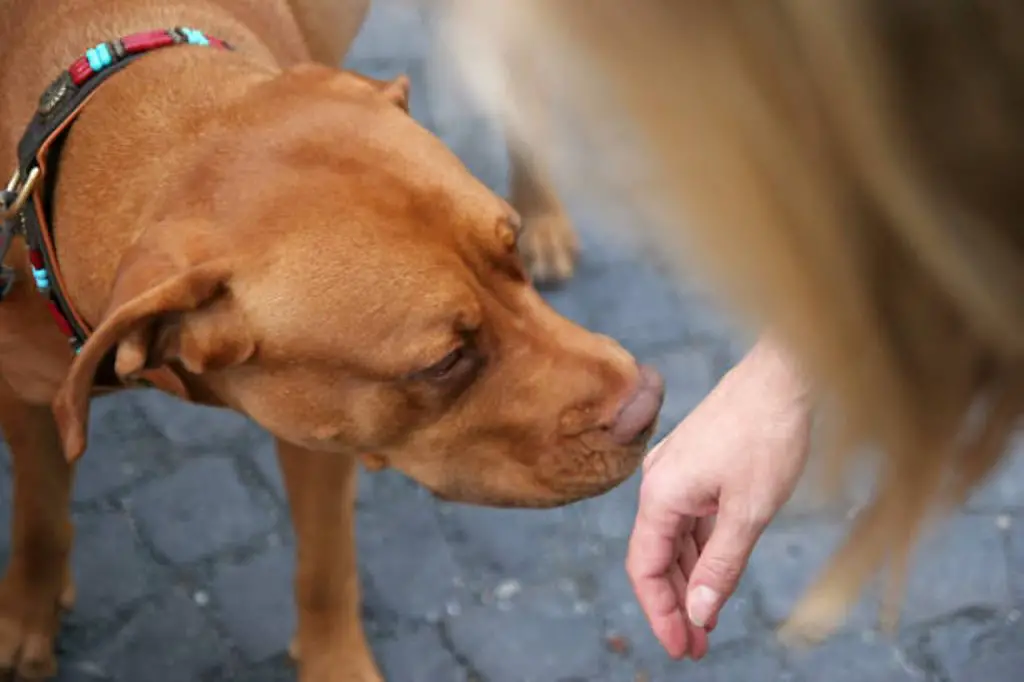
From an early age, socializing your guard dog to interact calmly and confidently with strangers is essential for developing good people skills and preventing unwanted aggression.
To achieve this, you’ll need to provide your dog with regular stranger exposure, starting with small, controlled interactions.
Begin by introducing your dog to friendly strangers in a neutral environment, such as a park or training area. Reward your dog with treats and praise for calm behavior, using positive reinforcement to associate strangers with positive outcomes.
As your dog becomes more confident, you can gradually increase the number of strangers and the variety of environments. Be sure to monitor your dog’s body language, intervening if they show signs of stress or anxiety.
With consistent practice and positive reinforcement, your guard dog will learn to interact calmly and confidently with strangers, reducing the risk of unwanted aggression and developing strong people skills.
By socializing your dog in this way, you’ll help them become a well-adjusted and effective guard dog.
Basic Obedience Commands
Building on the socialization skills developed through stranger interactions, training your guard dog in basic obedience commands will further enhance their people skills and responsiveness in various situations.
You’ll want to focus on positive reinforcement techniques, rewarding your dog for desired behaviors rather than punishing them for undesired ones.
This approach fosters a strong bond between you and your dog, built on trust and clear communication.
To get started, you’ll need some essential training tools, such as treats, toys, and a consistent command system.
Begin with simple commands like ‘sit,’ ‘stay,’ and ‘come,’ gradually increasing the complexity and distractions as your dog becomes more confident.
Be sure to practice in various environments and contexts, including public spaces and around strangers, to help your dog generalize their learning.
Trending in Dogs:
By investing time and effort into basic obedience training, you’ll lay the foundation for a well-behaved and responsive guard dog that’s equipped to handle a range of situations.
Remember to stay patient, consistent, and positive, and you’ll be well on your way to developing a skilled and loyal companion.
Identifying Potential Threats
To develop a guard dog’s instinct to defend, you must first teach it to recognize potential threats, which involves socialization, training, and exposure to various environments and situations.
Threat recognition is a vital component of a guard dog’s training, and it’s important to start this process early in your dog’s life.
By exposing your dog to diverse settings, people, and situations, you’ll help it develop a keen sense of awareness and the ability to differentiate between friend and foe.
When training your dog to recognize threats, pay close attention to body language. Teach your dog to associate certain behaviors, such as a raised voice or aggressive posturing, with potential threats.
This is vital for developing your dog’s instinct to respond accordingly. By incorporating socialization and threat recognition into your training regimen, you’ll be creating a formidable foundation for your guard dog’s defensive instincts.
Teaching Alert and Warning Commands
As your dog becomes proficient in recognizing potential threats, you can start teaching it to respond with specific alert and warning commands, enabling it to effectively communicate with you and others when it senses danger.
To start, choose a specific alert response, such as barking or growling, and associate it with a warning cue like ‘alert’ or ‘watch.’ When your dog exhibits the desired response, reward it with treats and praise.
Consistency is key when teaching alert and warning commands. Practice regularly, using various scenarios and environments to simulate potential threats.
Gradually increase the distance and duration of the alert response to help your dog generalize the behavior. You can also incorporate hand signals or whistles to reinforce the warning cues.
As your dog masters the alert response, you can introduce additional warning cues to convey different levels of threat. For example, a low growl might indicate a minor concern, while a loud bark signals a more serious threat.
Training for Real-Life Scenarios
While your dog’s mastery of alert and warning commands is crucial, it’s equally important that you teach it to respond effectively in real-life scenarios that may involve strangers, other animals, or unexpected events.
You need to prepare your dog for the unexpected, so it can protect you and your family in real-world situations.
To achieve this, you’ll need to practice training exercises that mimic everyday situations, such as encountering strangers at the door, meeting other animals on the street, or responding to sudden noises.
As you train your dog, focus on practical applications of the alert and warning commands. For instance, you can have a friend or family member dress up as a stranger and approach your home, allowing your dog to practice its warning bark.
You can also expose your dog to various environments and situations, such as busy streets or loud noises, to help it learn to respond calmly and effectively.
Setting Boundaries and Territoriality
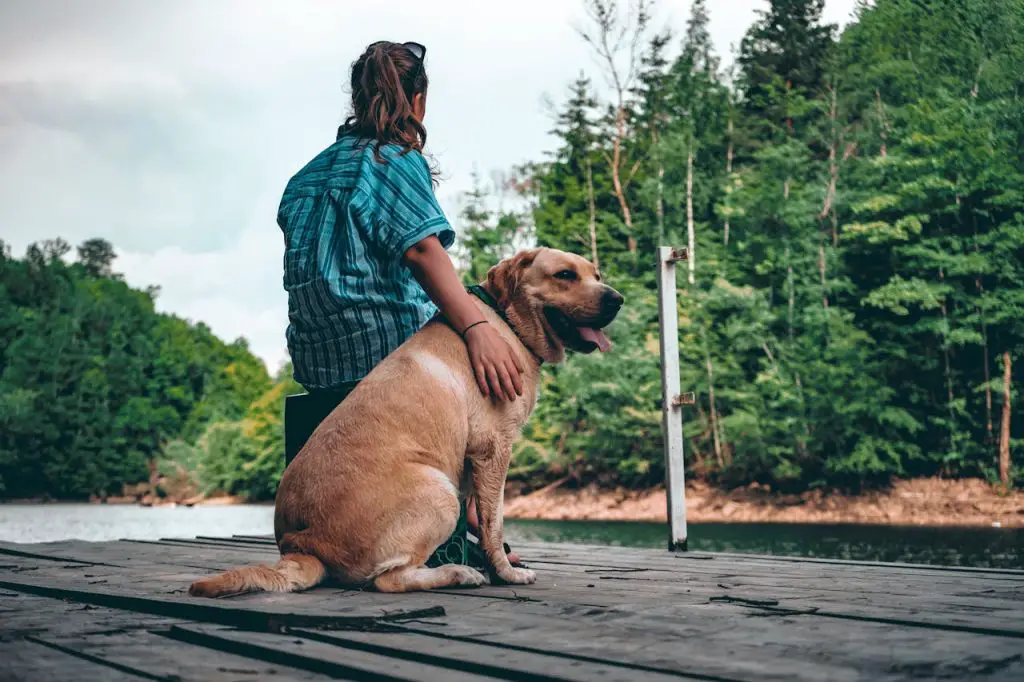
Establishing clear boundaries and a sense of territoriality is a critical component of guard dog training, allowing your dog to distinguish between its protected space and potential threats.
By setting boundaries, you’ll help your dog develop a strong sense of ownership and responsibility, which is essential for effective guarding. To achieve this, focus on boundary reinforcement and territorial awareness exercises.
Here are some key strategies to keep in mind:
- Clearly define your dog’s territory by establishing specific areas for eating, sleeping, and relaxation.
- Use positive reinforcement techniques to teach your dog to associate its territory with safety and security.
- Gradually introduce your dog to new environments and people to help it understand what’s and isn’t a threat.
Maintaining Training and Consistency
Consistency is key to a successful guard dog training program, requiring you to regularly reinforce previous lessons and introduce new challenges to keep your dog engaged and prepared to respond to potential threats.
To maintain consistency, create a training schedule that outlines specific exercises and drills to be performed on a daily or weekly basis.
Sticking to this schedule will help reinforce good habits and prevent your dog from becoming complacent.
Positive reinforcement plays an important role in maintaining training consistency. Reward your dog for desired behaviors, such as alerting to strangers or responding to commands.
This encourages your dog to associate good behavior with positive outcomes, leading to increased motivation and engagement.
As you progress with training, introduce new challenges and scenarios to simulate real-life situations. This will help your dog develop critical thinking and problem-solving skills, essential for effective guard duty.
Frequent Questions

“Thou shalt not resort to physical punishment, my friend! Instead, you’ll get better results with positive reinforcement training techniques, which encourage good behavior without causing harm or fear, making for a more effective and loyal guard dog.”
You shouldn’t underestimate small breeds; with proper training techniques, they can be effective guard dogs. Focus on developing their alertness, loyalty, and vocal traits to create a formidable watchdog, regardless of their compact size.
You’re likely worried that guard dog training will make your dog aggressive to everyone, but take the case of Rocky, a well-trained German Shepherd that defends its family while still being friendly to strangers, thanks to balanced dog behavior and training methods.
You can train your dog to guard your home without fencing by focusing on obedience and alerting behaviors. However, for ideal home security, consider supplementing with physical barriers or deterrents to prevent potential threats.
‘You’ll be surprised to know that over 1.5 million households in the US alone own guard dogs. As for licensing, it depends on local guard dog regulations; having proper training techniques is more essential for responsible ownership.’
